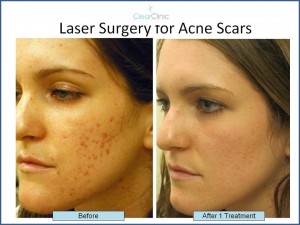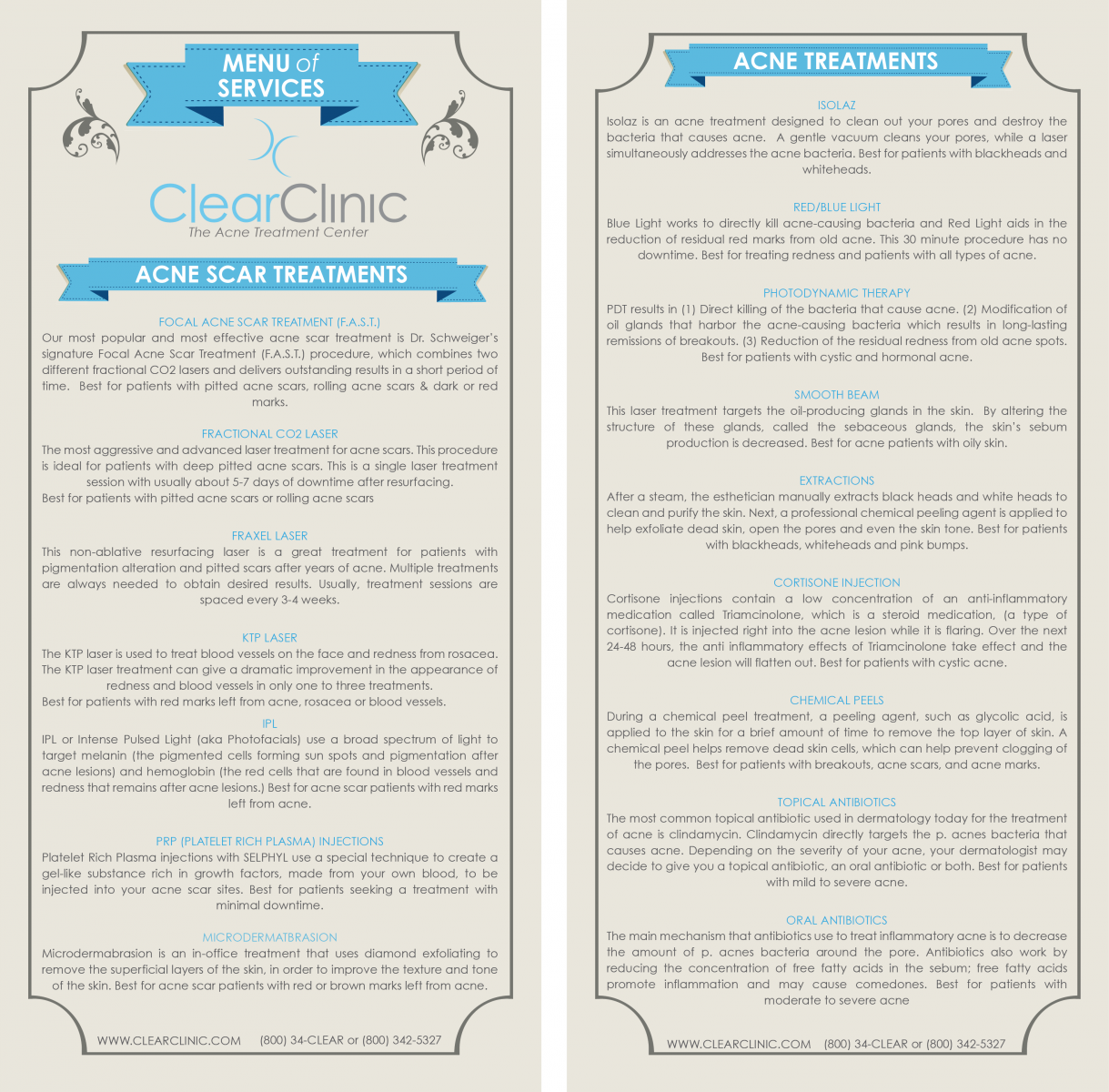Top 5 Prescription Topicals for Teenage Acne Treatment
 Top 5 Prescription Topicals for Teenage Acne Treatment:
Top 5 Prescription Topicals for Teenage Acne Treatment:
- Acanya: Acanya is a topical medication containing both benzoyl peroxide and clindamycin. Both of these ingredients fight against the acne-causing p. acnes bacteria. Your dermatologist may recommend that you apply this medication once or twice daily, depending on the type of acne that you have.
- Differin: Differin is a brand name retinoid containing the ingredient adapalene. Adapalene works by stimulating skin cell turnover, in order to prevent clogged pores, which would otherwise attracth the p. acnes bacteria that leads to acne formation. Differin, and other retinoids, also help to reduce the appearance of dark spots and scars left behind after acne clears.
- Tazorac: Tazorac is also a retinoid, though it contains a different ingredient than Differin. The active ingredient in Tazorac is called tazarotene. Tazorac also helps to keep the pores free of excess sebum and debris; it is one of the most effective retinoids, though it can cause dryness for some patients, so should be used sparingly at first.
- Aczone: Aczone is a unique medication with anti-microbial effects. It works by decreasing the presence of the p. acnes bacteria, which leads to acne. Aczone is great for teenage acne treatment because it does not cause irritation or dryness on the skin.
- Epiduo: Epiduo is an effective medication, which combines benzoyl peroxide with the active ingredient of Differin, adapalene. This is a unique formulation of medications, it is the only medication that combines a retinoid (to increase skin cell turnover and clean the pores) with benzoyl peroxide (to kill p. acnes bacteria.) Epiduo is usually used once daily.

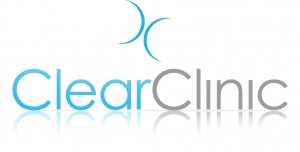

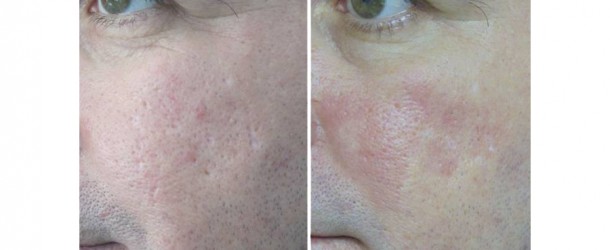
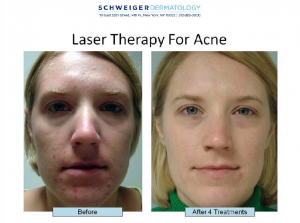
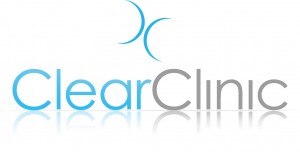


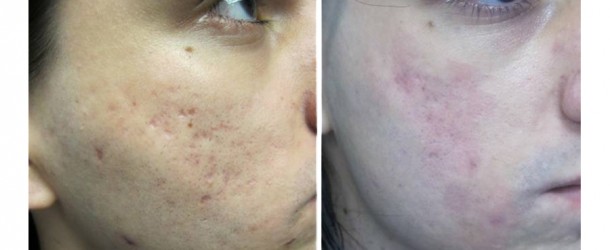


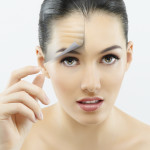 There is a wide range of acne severity; acne can present as one pimple from time to time, or it can be constant and overwhelming. For this reason, we often grade acne, in order to provide the most effective treatment possible for each type of acne.
There is a wide range of acne severity; acne can present as one pimple from time to time, or it can be constant and overwhelming. For this reason, we often grade acne, in order to provide the most effective treatment possible for each type of acne.